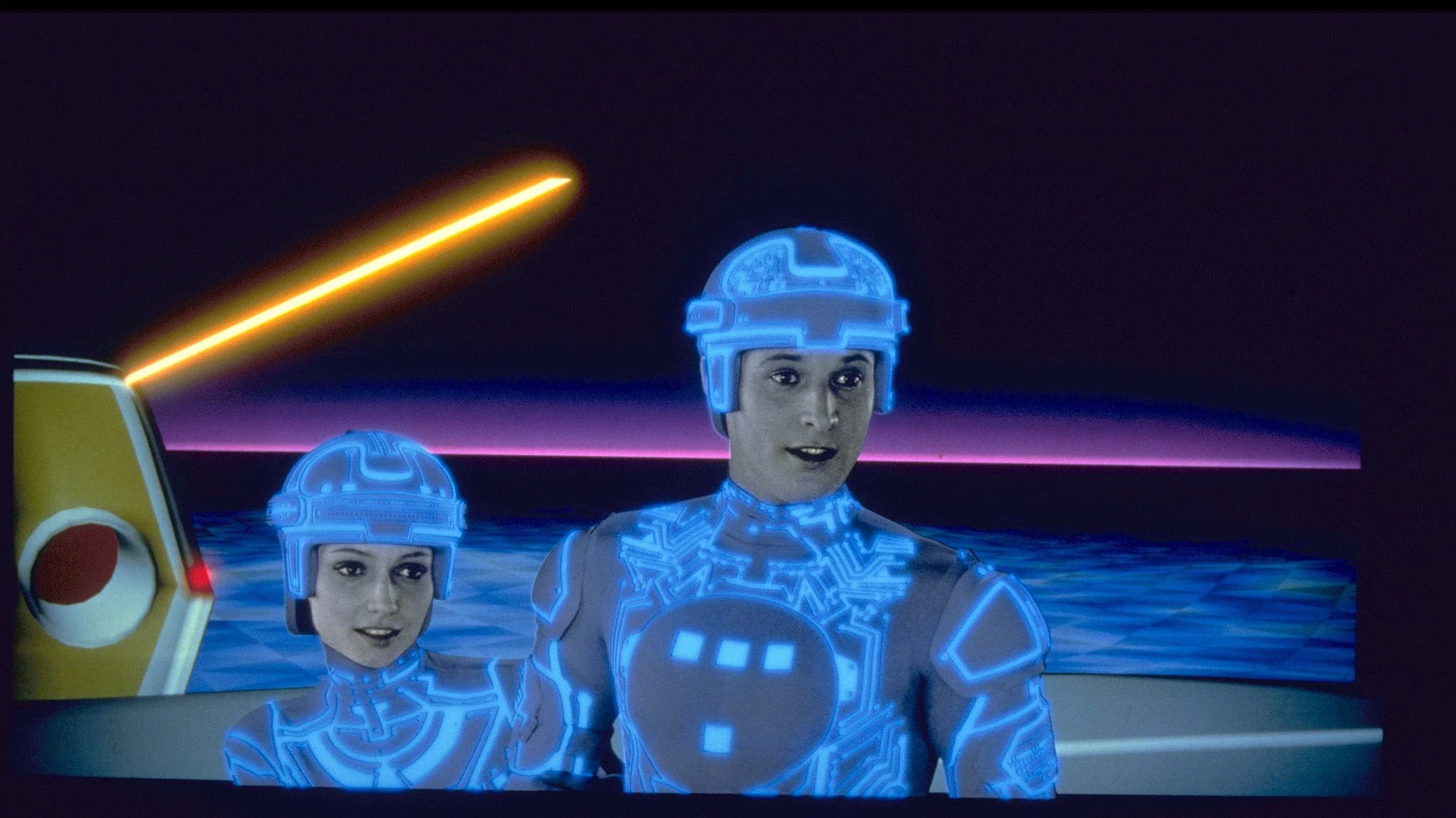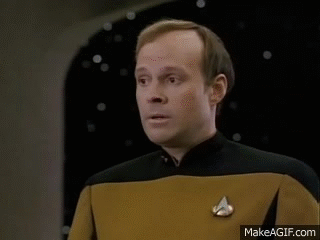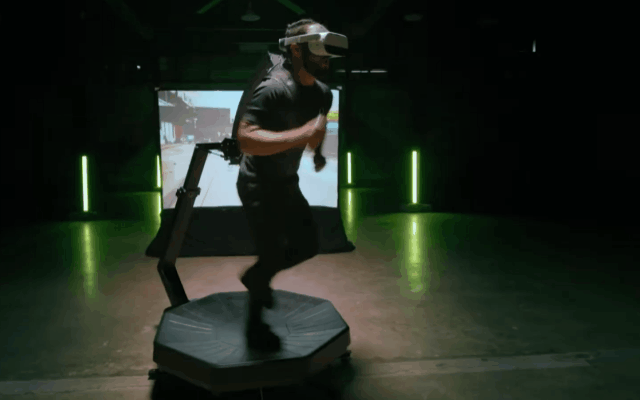The Evolution of VR in Media and Reality
Virtual reality has long been a staple of cinematic exploration, serving as both a mirror and a canvas for our technological aspirations and fears. Initially depicted as a near-magical tool in film, VR has transitioned into a real-world technology with profound implications for entertainment, education, and beyond. This blog explores the portrayal of VR across different eras of film, examining how these representations reflect changing societal attitudes towards technology. We'll also look at recent advancements in VR technology and consider how the visions of yesterday are shaping the realities of tomorrow.
Early Visions of VR
Virtual reality (VR) first captured the public's imagination through cinema in the 1980s. One of the seminal depictions of VR during this era was in the 1982 film "Tron," where characters interact within a digital universe—a concept that seemed purely sci-fi at the time. This depiction highlighted a desire for immersive experiences and exploration of digital frontiers, reflecting the decade’s fascination with video games and computer technology.
By the 1990s, films like "The Lawnmower Man" (1992) began exploring the darker sides of VR, including themes of power, control, and loss of reality. This movie, in particular, demonstrated VR's potential to enhance human capabilities but also its dangers, notably addiction and escapism. "Strange Days" (1995) took a different approach by using VR as a means to experience other people's memories and emotions, tapping into the decade's growing anxieties about privacy and ethical use of technology.
VR in Trek
In the realm of science fiction television, Star Trek offers one of the most nuanced portrayals of virtual reality through its concept of the Holodeck. On various Star Trek series, the Holodeck serves as an advanced VR system capable of creating highly immersive, interactive environments for recreation, training, or investigative purposes. Generally depicted in a positive light, the Holodeck allows crew members to experience adventures and scenarios that are otherwise impossible, given the confines of a starship or the distant nature of space travel.
However, the series also explores the darker sides of such immersive technologies. Holodeck addiction is a recurring theme, where characters become so engrossed in virtual experiences that they struggle to disengage and return to reality. Episodes across different series—such as Star Trek: The Next Generation's "Hollow Pursuits" and *Star Trek: Deep Space Nine's "It’s Only a Paper Moon"—address the psychological impacts and potential dangers of spending too much time in these fabricated worlds. This narrative thread serves as a cautionary tale about the balance between beneficial uses of VR and the escapist tendencies it can foster, highlighting a complex intersection between technology and human behavior within the utopian vision of the future that Star Trek represents.
Modern View Of VR
The turn of the millennium saw films like "The Matrix" (1999) blend VR with a dystopian future, where VR is indistinguishable from reality, and is used by machines to subjugate humanity. This era’s films often questioned the nature of reality, mirroring the internet's explosive impact on society and growing concerns about how technology might manipulate or even replace reality.
Modern cinema also often portrays VR not just as a technological tool, but as a complex, integral part of daily life that intersects with social, ethical, and philosophical realms. Films like "Ready Player One" (2018) depict VR as a sanctuary from a crumbling real world, providing not only escapism but also a platform for genuine social interactions and a battleground for economic and ideological conflicts.
What VR Tells Us About Our Desires
The progression of VR in movies reveals a deep-seated curiosity about and fear of the entwining of our physical and digital lives. Initially seen as a gateway to new worlds and experiences beyond the physical realm, VR has also stirred concerns about dehumanization, privacy breaches, and the loss of what it means to be "real." These narratives reflect our hope that VR can bring us closer to our dreams and fears that it might detach us from our humanity.
Recent Advances in VR and VR Gaming
Today, VR technology has moved from the realm of science fiction into tangible reality. Modern VR headsets offer high-fidelity visual and auditory experiences, and motion tracking technology allows users to interact with digital environments in increasingly sophisticated ways. In gaming, VR provides immersive experiences that traditional consoles can't, from exploring vast open worlds to detailed simulations like flying a jet or performing surgery.
The Future of VR
Looking ahead, the future of VR as depicted in films suggests a blend of augmented reality (AR) and VR, leading to a seamless integration of real and virtual worlds. This concept, often referred to as Mixed Reality (MR), could revolutionize not only entertainment but also fields like education, medicine, and engineering. The idea of fully immersive digital environments could become as commonplace as smartphones.
In essence, VR's portrayal in movies over the decades not only mirrors our technological aspirations and fears but also continually inspires the actual development of VR technology. As VR becomes more integrated into daily life, the line between digital and physical could blur, reshaping our world in ways we are only beginning to understand, much like the prophetic visions of cinema.






